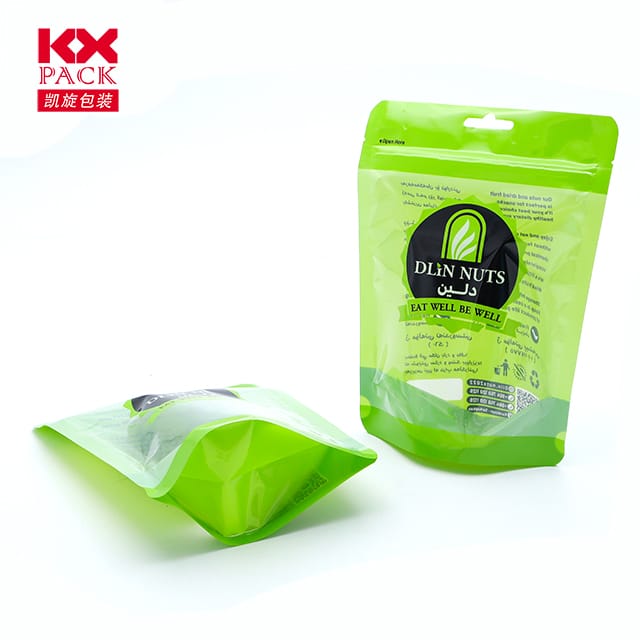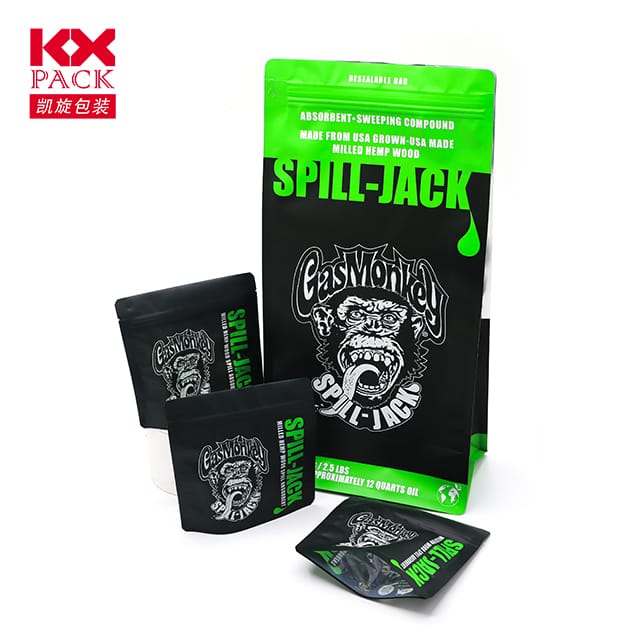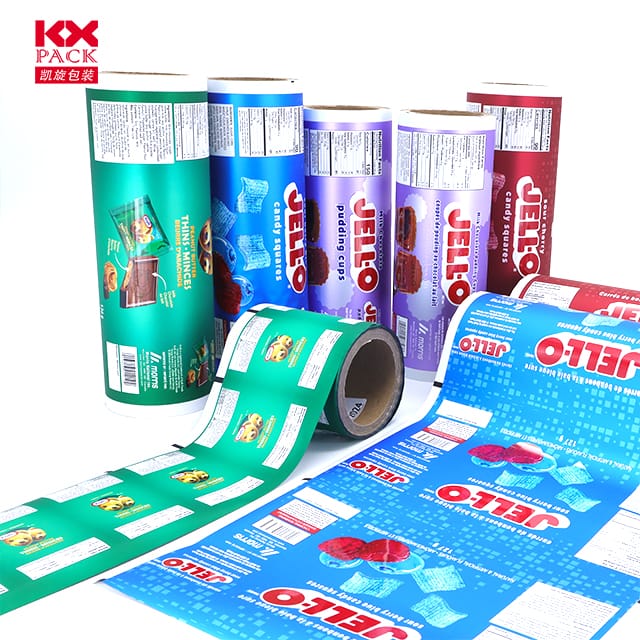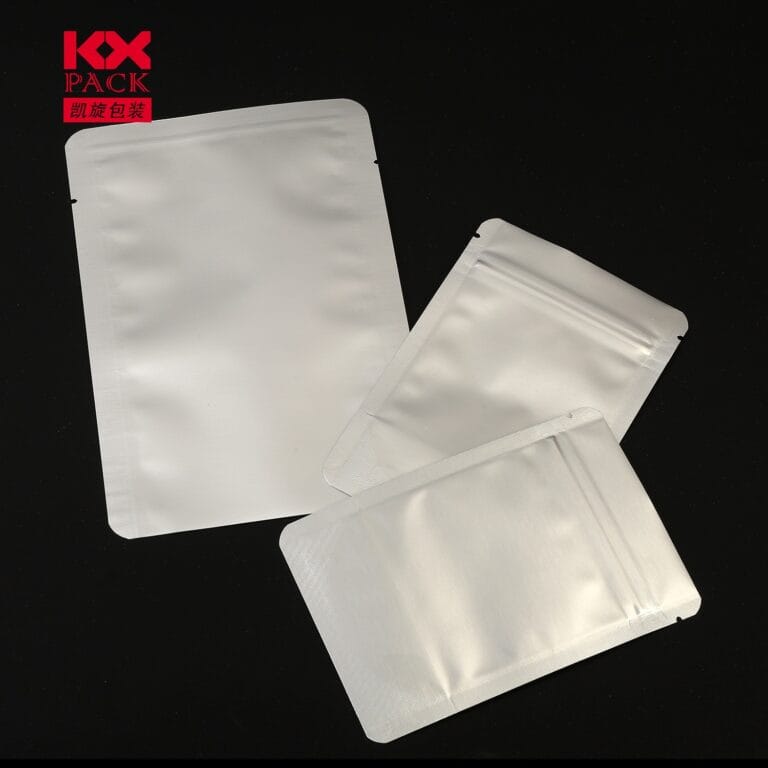סרט אריזה: הגיבור הלא -מושבע של הצרכנות המודרנית
סרט אריזה
In the world of commerce, כאשר רשמים ראשונים חשובים והגנה על מוצרים אינם ניתנים למשא ומתן, סרט אריזה plays a quiet yet pivotal role. מהחותם הפריך על דגני הבוקר שלך ועד המשטחים העטופים בכיווץ במחסן, חומר גמיש זה שומר על מוצרים בטוחים, טָרִי, ומושך חזותית. בואו נפרק את המדע, חדשנות, and sustainability behind packaging film—and why it’s more than just “plastic wrap.”
What Is Packaging Film?
Packaging film is a thin, flexible material (often made from polymers like polyethylene, פוליפרופילן, or biodegradable alternatives) used to wrap, לֶאֱטוֹם, or protect goods. It comes in various forms:
- Stretch Film: For bundling pallets or securing items during shipping.
- Shrink Film: Shrinks tightly when heated, creating a tamper-proof seal.
- סרטי מחסום: חוסם חמצן, לַחוּת, or light to preserve food and pharmaceuticals.
- סרטים מתכלים: Eco-friendly options made from plant-based materials or compostable polymers.
Why Is It So Essential?
- Product Protection:
- Shields items from dust, לַחוּת, ונזק גופני.
- Extends shelf life for perishables (לְמָשָׁל., בָּשָׂר, גְבִינָה, produce) by preventing spoilage.
- Brand Visibility:
- Custom-printed films turn packaging into a marketing tool, reinforcing brand identity.
- Efficiency & Cost Savings:
- Lightweight and space-saving, reducing shipping costs and carbon footprints.
- Automated machinery allows high-speed packaging for mass production.
- נוֹחוּת:
- Resealable zippers or easy-tear features enhance user experience.
חידושים המניעים את העתיד
The packaging film industry is evolving rapidly to meet sustainability demands and functional needs:
- Sustainable Materials:
- Brands are shifting toward מתכלה, ניתן לקומפוסטציה, or recyclable films (לְמָשָׁל., PLA, נגזר מעמילן תירס).
- Post-consumer recycled (PCR) content is becoming more common.
- אריזה חכמה:
- Films embedded with sensors or QR codes track freshness, detect leaks, or provide anti-counterfeiting measures.
- Edible films (מיוצר מאצות או עמילן) are emerging for single-use food wraps.
- Thinner, Stronger Films:
- Nanotechnology improves barrier properties, allowing thinner films without sacrificing strength.
- Circular Economy Solutions:
- Companies are designing films for easier recycling or reuse (לְמָשָׁל., mono-material pouches).
Challenges on the Horizon
Despite its benefits, packaging film faces criticism:
- Plastic Waste: Single-use films contribute to landfills and ocean pollution.
- מחזור מכשולים: Multi-layer films (common in snack packaging) are hard to recycle.
- עלות לעומת. קיימות: Eco-friendly alternatives often cost more, slowing adoption.
הדרך קדימה: Balancing Innovation and Responsibility
The future of packaging film lies insmarter, greener solutions:
- שיתוף פעולה בתעשייה: Brands, suppliers, and recyclers must work together to standardize eco-friendly materials.
- חינוך צרכני: Encouraging recycling and proper disposal of films.
- דחיפה רגולטורית: Governments are introducing bans on single-use plastics, incentivizing innovation.
סיכום
Packaging film is a testament to human ingenuity—a tiny layer that safeguards, promotes, and connects products to consumers. As we strive for a more sustainable future, the challenge is to harness its potential without compromising the planet. Whether it’s through biodegradable materials, smart technologies, or circular design, the next generation of packaging film will redefine how we protect, present, and perceive the goods we love.
What’s your take? Do you prioritize eco-friendly packaging, or is functionality your top concern? בואו נדון בתגובות! 🌱📦
הישאר סקרן, and subscribe for more insights into the materials that shape our world! 🚀







